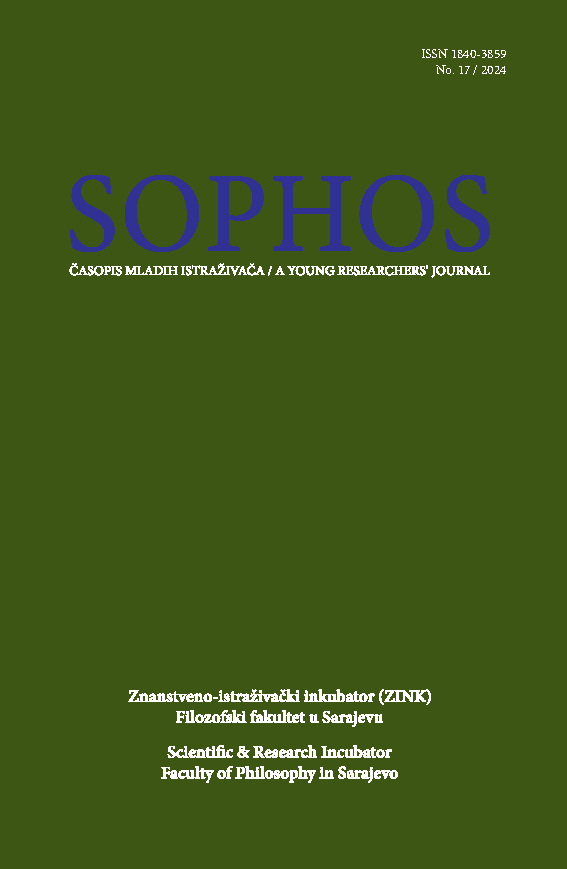Genocid: od definiranja do presude za Srebrenicu / Genocide: From Definition to Verdict for Srebrenica
DOI:
https://doi.org/10.46352/18403867.2024.163Keywords:
genocide, twentieth century, Genocide Convention, Raphael Lemkin, genocidal intent, Bosnia and Herzegovina, Srebrenica, Bosniaks, July 1995, denial of genocideAbstract
The paper provides a brief analysis of the crime of genocide through historical and legal contexts, emphasizing that the twentieth century is often referred to as the “century of genocide” due to the numerous mass atrocities committed. The paper relies on the legal definition of genocide and the efforts of Raphael Lemkin that led to the adoption of the 1948 Convention on the Prevention and Punishment of the Crime of Genocide. Among other things, we explore the complexity of proving genocidal intent, examine the role of ideology in the execution of genocide, and highlight the challenges in classifying crimes as genocide. Despite international efforts to prevent and punish perpetrators of genocide, crimes with elements of genocide continued throughout the 20th and 21st centuries, as illustrated by the example of the genocide in Bosnia and Herzegovina. The paper pays special attention to the chronology of the genocide in and around Srebrenica in July 1995 as an example of genocidal intent and execution. It also points out the ongoing denial of the adjudicated genocide in Srebrenica and its consequences for Bosnian society and the state.
Downloads
Downloads
Published
How to Cite
Issue
Section
License
Copyright (c) 2024 SOPHOS: A Young Researchers’ Journal

This work is licensed under a Creative Commons Attribution-NonCommercial-ShareAlike 4.0 International License.




